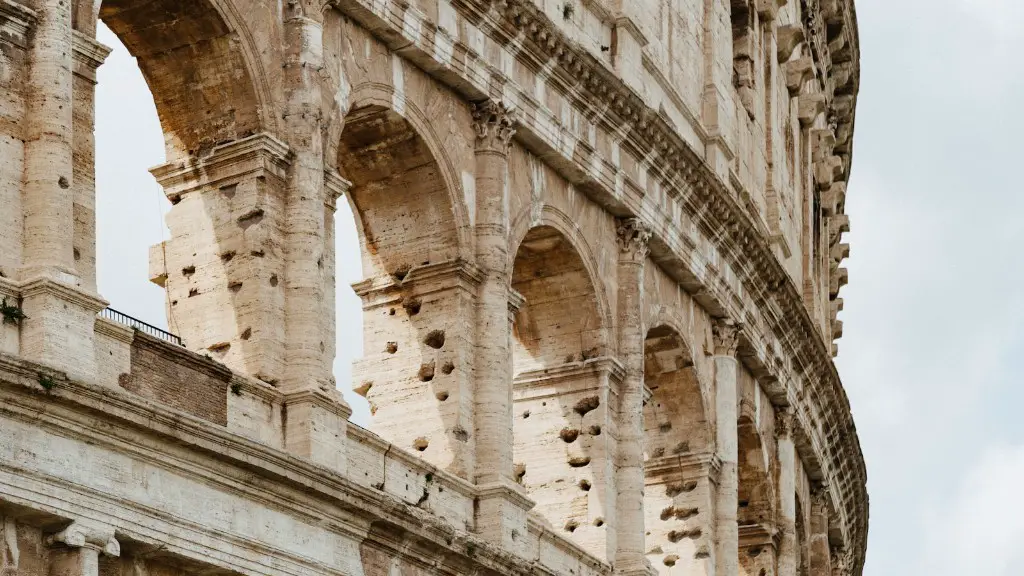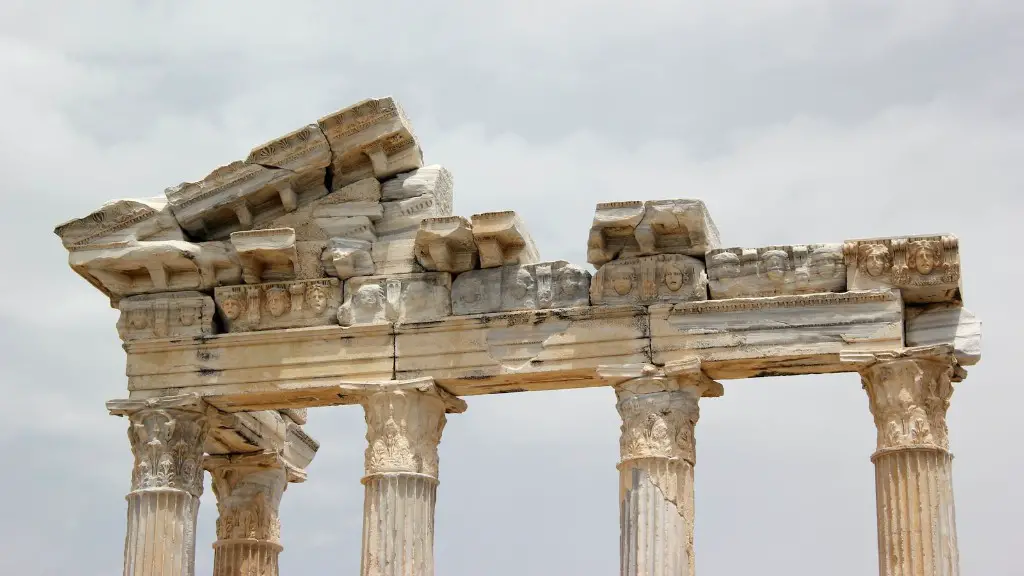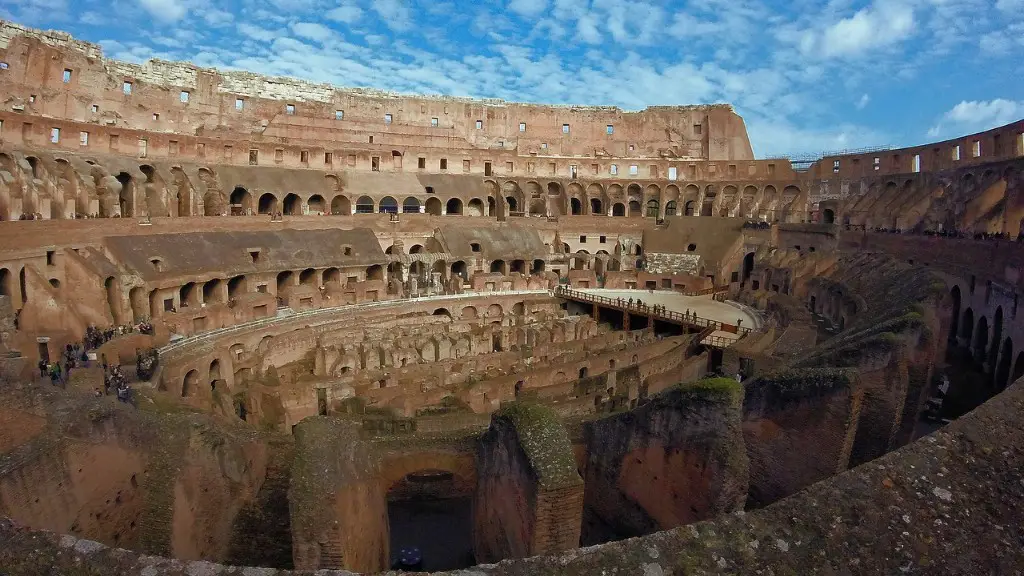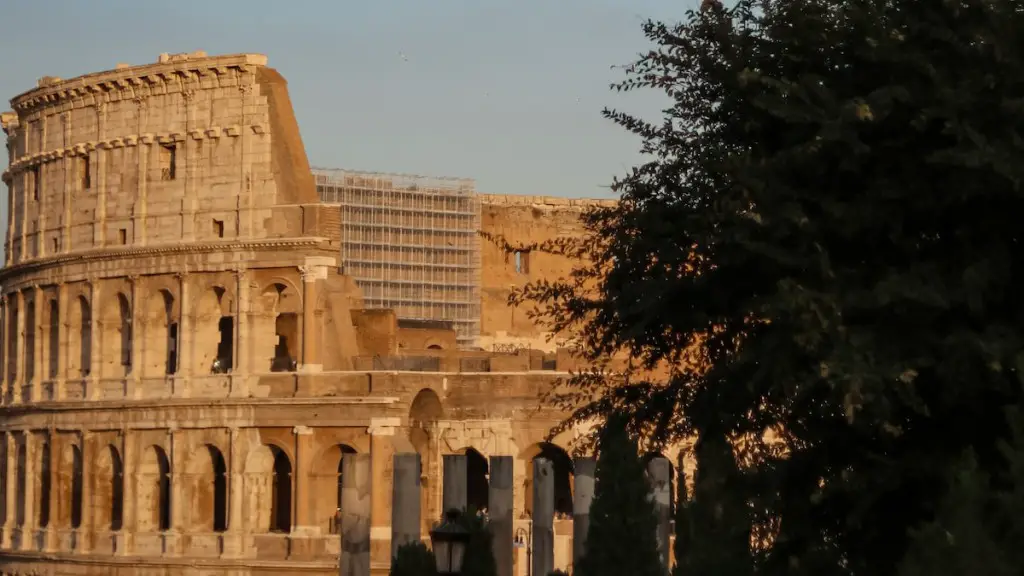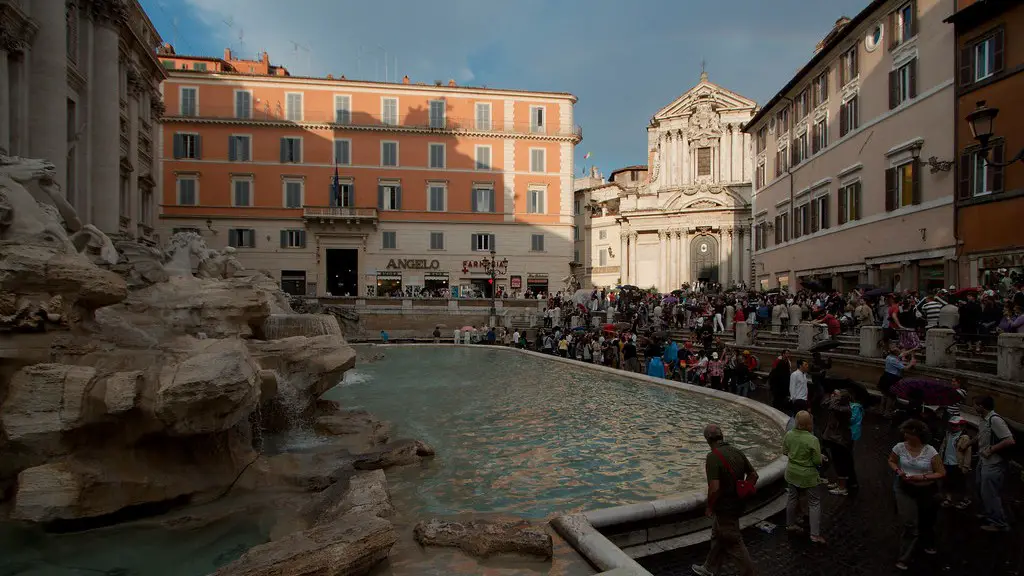When it comes to the study of ancient Rome, Rome has an extensive and lengthy history that still intrigues millions today. From the very beginnings of its founding as a small village, on to its development into an empire that stretched from Britain and North Africa to the Near East, Rome has been studied and admired for millennia. These days, the study of Rome’s past is known as Roman Studies, a field of study which encompasses both the physical and cultural elements of the ancient civilization.
As one of the oldest and most influential cultures in human history, Rome has left a lasting impact on art, literature, politics, and culture, both in Europe and around the world. While in its heyday it was the centre of power of an empire, today Rome holds an extraordinary amount of influence for a city in such a small geographical region. It is this immense historical wealth which makes studying Rome so interesting.
Today, Roman Studies is an incredibly in-depth field of study, covering a number of disciplines ranging from linguistics, archaeology, philosophy, and history. The core texts of many university programs in the subject area are written in Latin, though individual programs will vary. Other topics which are studied within the field include Roman mythology and religion, social life in Ancient Rome, and art and architecture of the period.
According to historians, the Roman Empire is one of the most influential cultures in human history, with its many achievements such as the spread of Roman law throughout Europe, or the development of the Aqueduct system, still having an effect on society today. It is this remarkable legacy which has kept the study of Rome alive throughout the ages, and it is no wonder that so many people are still captivated by this incredible culture.
Roman Studies is an incredibly fascinating field, for both professional academics and amateur enthusiasts alike. For those looking to gain a better understanding of the culture of the Ancient Roman world, there is plenty of evidence to be found in the surviving texts from the period, as well as archaeological sites and artefacts that have been unearthed.
In short, Roman Studies is a discipline that has widespread appeal and is incredibly rewarding to pursue. Whether you are looking for a deeper understanding of Rome’s past or are simply interested in paying homage to one of the most influential empires of all time, this field of study is one that is worth exploring.
Rome’s Architecture and Culture
Despite its immense political power, Rome was considered to be an especially artistically gifted society, even during the height of its power and prestige. Roman architecture and urban planning were some of the most distinctive and influential forms of their kind, and Romans are also known for their impressive art and literature. Rome is still celebrated for its incredible architecture and its cultural legacy, not only in Italy, but around the world.
Some of the most outstanding sites of Roman architecture that can still be seen today are the Roman Colosseum, the Pantheon, and the Forum. The Colosseum, in particular, is an iconic symbol of Rome and one of the most popular tourist destinations in the city. It was constructed in the first century AD, and is one of the most visited sites in Italy. It was used for gladiatorial contests, executions, and other events, and is now a UNESCO world heritage site.
The Pantheon, built in 118 AD, is another famous temple that provides insight into the grandeur of Roman architecture. It is one of the best preserved buildings from antiquity and is renowned for its perfect proportions and beautiful exterior decorations. The Pantheon is the final resting place of some of the key figures of Roman history such as Vittorio Emanuele II and Raphael, among others.
Rome was also renowned for its incredible literary works, with Latin being the language of choice for the educated upper class. Throughout its history, Rome has produced dozens of influential writers and poets, many of whom are still widely read today. Most famously perhaps, is Virgil and his epic poem, the Aeneid. This poem is said to be the archetype of Roman literature, and is still appreciated for its culture and symbolism today.
Rome’s Impact in Today’s World
It is clear that the immense impact that Ancient Rome has had on the world is still felt today, from the language and art of the people to the infrastructure of the cities. Rome still remains one of the most renowned and influential cultures in all of history, and its legacy can be seen in the way that cities express their culture, economy, and architecture, just as Rome did.
When it comes to government and politics, much of our modern democracy can trace its roots back to the Roman Republic. Today, most modern governments, including the United States and many European countries, hold similar economic and political values to those that existed in Ancient Rome. The concept of the rule of law, of having specific laws and regulations that govern the behavior of citizens, is one example of this. In Ancient Rome, the Twelve Tables were established in order to have set rules of behavior and justice.
Rome was also responsible for implementing the civil engineering and infrastructure that is still seen in much of the modern world. Aqueducts, for example, which were water supply systems that ran through cities to deliver water to homes and public baths, are still being used today in much the same way. And Roman engineering also played a large role in the development of cities, with Roman roads and walls still standing today in many places.
In conclusion, the study of Ancient Rome is an incredibly fascinating and important field of study. From its impressive architecture and literature to its immense impact on modern life, Rome is a culture that has left an indelible mark throughout the world. Its legacy still lives on today, and will no doubt continue to fascinate and inspire generations to come.
Rome’s Language, Religion and Philosophy
In addition to its impressive architecture and political structure, Ancient Rome was noted for its language, religion, and philosophy. Latin, which was the language of Ancient Rome, has had a lasting influence on the development of many modern languages, particularly those spoken in Europe and the New World. It is still used in many contexts today, particularly for legal and religious purposes.
In terms of religion, Ancient Rome was home to a variety of different religious practices. While some Roman gods, such as Jupiter and Mars, were worshipped by the entire population, others were worshipped only in certain regions or cities. In addition, there were also certain cults which were specific to certain regions, such as the cult of Mithras which was popular in the military.
The religion of Ancient Rome is thought to have had a particularly strong influence on the development of Christianity. One of the most notable aspects of the Roman religion was its monotheism, with its belief in a single, omniscient God. This has been seen to be one of the foundations of Christianity, which originally sprang from a branch of Judaism in the first century AD.
The philosophy of Ancient Rome was also unique and influential in its own right. It was a mixture of a number of different schools of thought, such as Stoicism, which emphasized living in accordance with nature and accepting life for what it was. Epicureanism, which focused on living simply and avoiding anything which could bring pain or suffering, was also popular.
Even today, Roman philosophy and its emphasis on civic responsibility, loyalty to the state, and understanding of the power of law still remain at the heart of many countries’ legal and political systems. Roman philosophy also inspired some of the most influential thinkers in European history, such as Thomas Aquinas, who combined Roman and Christian thought to form his own philosophical ideas.
Rome’s Timeline
The timeline of the rise and fall of the Roman Empire is an eventful one, full of changes and challenges. The Roman Republic was founded in 509 BC, and quickly rose to prominence as an influential city-state in the Mediterranean world. In the following centuries, Rome built an impressive empire which stretched across Europe, the Middle East, and parts of Africa. This era is often known as the Pax Romana, as Rome’s power stabilized much of the region and provided stability after centuries of wars between the Greek city-states.
In the mid-third century, Rome’s power started to wane as internal conflicts and pressures from external forces such as Goths and Persians started to threaten the boundaries of their empire. In the 5th century, due to the increasing pressure from external forces, the Roman Empire was divided into two separate entities, Western and Eastern Rome, the former of which eventually became the modern Italy.
By the 6th century, the Western Roman Empire had become weakened and was eventually conquered by the Germanic tribes. However, the Eastern Roman, or Byzantine, Empire continued to exist until 1453 when it was conquered by the Ottoman Empire. Rome, as a city, retained much of its former glory and beauty and continued to be one of the most important cities in Europe throughout the Middle Ages, Renaissance, and Baroque Periods.
Today, the legacy of the Roman Empire lives on throughout Europe and parts of the Middle East in cities and monuments, literature, language, and words and concepts that still remain in use. It is this lasting influence on the world that has made Roman history, culture, and its fall, so fascinating and important.
Impact of Rome on Education
It is no surprise that the legacy of Ancient Rome has also had a lasting impact on the ways in which education is conducted throughout the world. From the establishment of universities to the importance of Latin as a language, much of today’s education system owes much to the eminence of Rome.
Rome was one of the earliest civilizations to understand the importance of education, and recognised the value of providing a diverse range of higher learning. The city-state was responsible for the establishment of the first university in Europe in the 5th century AD, which acted as an educational hub for philosophers, scholars, and students from across the Roman Empire.
Throughout the Middle Ages, much of Europe’s universities adopted Roman studies as their primary curriculum, often focusing on philosophy, literature, and Latin language. The importance of Latin was also given a renewed emphasis during this period, and together with Greek, it became one of the main languages of academic study. This in turn created the basis for many of the modern, western academic disciplines that we still study today.
Today, Latin continues to be studied by scholars and enthusiasts alike, and is even used in some legal proceedings and various forms of communication. It is clear that the legacy of Ancient Rome lives on in our education system, and has had an immense impact on the way in which we understand and interact with the world.
